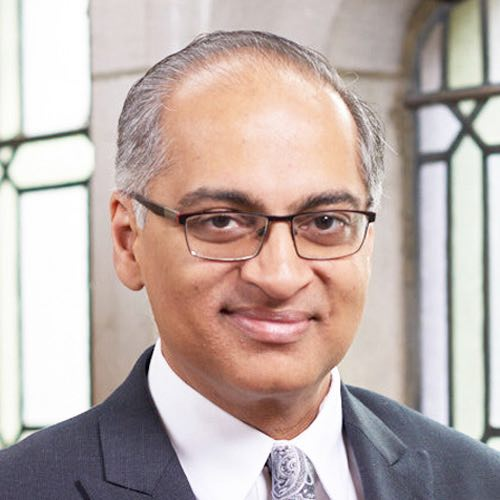Church and world: how are we to think about the relationship between the two? Once upon a time, the question would have made little sense. When the church was the established centre of cultural life, it would have been impossible to untangle the church from the world. This was once the case in Anglican England, and, to a significant extent, also in Canada. The standard cultural expectation for Sunday morning: be in church! This wasn’t a matter of choice. You couldn’t imagine lying in bed and wondering about whether to remain in the church of the holy comforter or head off to the Church of St John the Divine.
Now, the struggle is real, for everyone — save clergy, who have no choice but to show. Everyone else has to make a deliberate choice between competing options: go to the kid’s soccer game, read the paper in bed, watch the Sunday morning news shows, or do all the household errands that cannot be completed during an ever-crazier work week. When church attendance becomes optional, attendance rates plummet. Now, church is the countercultural choice. It is a choice that is frankly unimaginable for most. Church!? Why go there?
If you’re in church on Sunday morning, you have made a self-conscious decision to be there. Cultural inertia and social pressure are not enough to drag most of us out on a Sunday morning.
Most church leaders recognize this vast cultural shift. But the implications of this shift are innumerable, and we are still learning to understand the church’s dislocation from centre to periphery. If default church attendance is a matter of the distant past, particularly in British Columbia, we can draw one obvious conclusion: church and world are now distinct domains.
The greater the gap between the two, the more likely it is that the church and world will become unintelligible to each other. Diminished biblical and liturgical literacy are now very real, and what the church does and why is largely incomprehensible to non-churchgoers. Now, add to this scenario the reality of the church’s eviscerated moral credibility due to residential schools and sexual abuse of minors (and no, it does not matter that that crisis has largely been in Catholic contexts; for the world, it’s all just “church”), and the gap threatens to become a yawning and unbridgeable chasm.
Given these circumstances, the church’s understandable longing to recover some golden age of church attendance — Make Anglicanism Great Again — is naïve and misguided. As with MAGA across the border, the past was never great to begin with. The church routinely functioned as chaplain to empire, rather than as God’s prophetic community — a vocation we have only occasionally fulfilled.
So, now, what to do? Recruiting the world to join the church without reputational repair is a quixotic enterprise. First, we must become a community worth belonging to. That will only happen when the church finds an honest, prophetic and pastoral voice that meets the demands of the time. Second, the church must continue the work of repentance. This does not mean being on a perpetual public apology tour, but rather simple honesty about what we have done and who we have been. Still more, it means finding new and healing ways of being with Indigenous communities and the lands on which we find ourselves. Repentance is not repentance without repair.
Nor can we permit shame and guilt about what we have done in the past to silence our voice about the urgent issues of this current moment. No one wants to belong to a community that constantly looks backwards, either in nostalgia or recrimination. We must join the fight for a livable future in an era of intense climate catastrophe. Our churches are burning down. Entire communities and towns are going up in smoke. Our streets are filling up with the homeless as rents and house prices skyrocket. Isolation and loneliness are becoming public health emergencies. A church that has nothing to say about these crises is not worth attending. Why bother?
We must engage in these issues, while recovering precious New Testament metaphors of smallness. Jesus never imagined that his tiny community of disciples would become the cultural establishment, the New Rome, but he did hope that his disciples might become critical difference makers, small but mighty. Hence his love for metaphors of salt and yeast, where a tiny bit goes a long way.
No one wants to eat a dish made entirely of salt; and who wants to eat just yeast? Moreover, Christianizing a religiously diverse world is a dubious colonial enterprise. So, in thinking through the relationship between church and world, we will want to stay with the power to be found in these metaphors. What might it mean for the church to be salt or yeast in this historical moment? How can a small but nimble church make a healing difference? These are the questions we must struggle with now.




